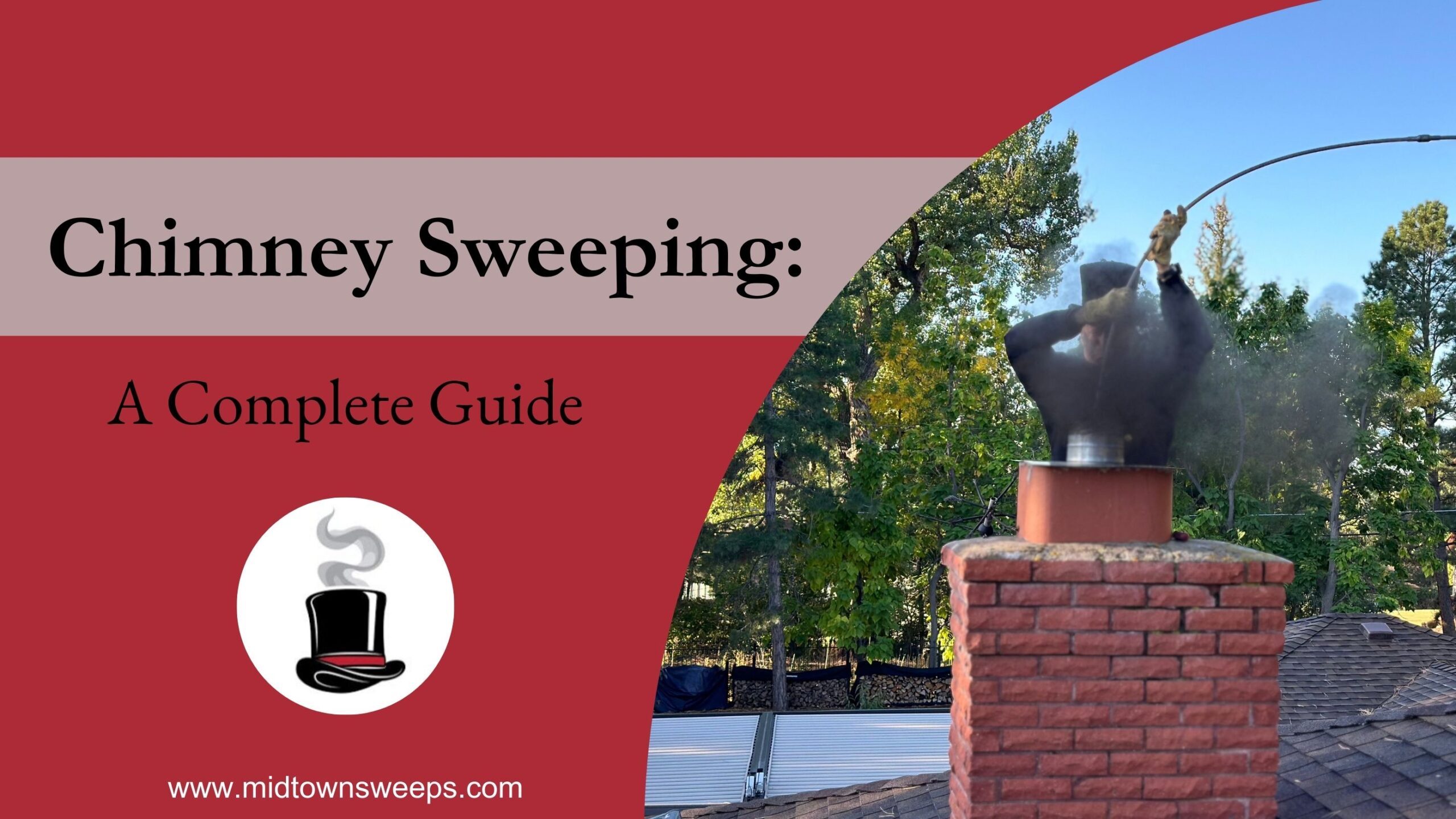Proper dryer vent maintenance can spare you thousands of dollars in property damage and may even save your life. How? The biggest danger with dryers is the potential fire hazard. The National Fire Protection Association (NFPA) reported nearly 16,000 dryer fires each year between 2010 and 2014. The leading cause of those fires was “failure to clean.” Dryers gather lint with each cycle, and lint is a flammable material. The danger increases as the lint does.
With that in mind, what can you do to protect your home and family?
LET’S TALK DRYER VENTS
1. What is it?
If you think, “Oh, I clean my dryer vent before every load of laundry,” you’re thinking of the wrong thing. Every dryer has a filter that catches lint and needs to be cleared before or after each load. Good on you for cleaning it! In addition to scraping off the lint, make sure every now and again to wash it with warm water and soap because some fabric softener sheets can leave residue that clogs the mesh.
The dryer vent, however, is different from the filter. It’s the tube behind the dryer that carries moist, hot air out of the machine and vents it outside your home. Usually the vent is made of pliable aluminum foil, but it may also be PVC or flexible plastic. And just like the lint filter, it needs to be cleaned.
2. How often should I clean it?
The easy answer is you should clean your dryer vent at least once a year. If you have a larger family or do laundry frequently throughout the week, consider cleaning your dryer vent two to three times a year. Buildup in the vent is what leads to fire hazards, so better safe than sorry.
3. How do I clean it?
Dryer vent cleaning is a three-step process. First, check and clean behind the machine itself. Dryers pull air in from the back, and if lint has built up between the machine and the wall or around the floor, it can be sucked into the machine and add to buildup in the vent.
Second, check the outdoor vent area. Because the exiting air is warm and moist, the vent can grow mold or attract animals. You may need to clear rodent or birds’ nests blocking the vent.
Last of all, clean the inside of the vent. A vacuum hose can help with this, or you can use a long-handled brush. The important thing is to clean the entire vent from one end to the other in order to remove all lint (and, by extension, all fire hazards).
REMEMBER
Just as it’s hopefully habit for you to clean the lint filter with every laundry load, make it a habit to do dryer vent maintenance at least once a year. If it’s too much to handle on your own, hire a professional; it’ll save you hassle and give you peace of mind. In addition, always be aware of signs that your dryer vent may need cleaning. If your laundry takes several cycles to dry, if clothes have a singed smell, or if the dryer is hot after finishing a cycle, these may all be signs of lint buildup in the dryer vent. Being alert and keeping up on simple maintenance can make all the difference in protecting your home and family.












